If you are conscious about the quality of oils that you use in your food than this is the perfect place to start. I have created a list of all the factors and their importance that you need to keep in mind while purchasing a cooking oil. Without further delay let’s find the healthiest oil to cook with.
When it comes to cooking oils, not all of them are created equal. While there is such a thing as “unhealthy cooking oils”, cooking oils and fats in general get a bad reputation. Many people believe that consuming fat is bad so cooking with oil has been demonized. In other cases, some people avoid cooking with nature-based oils altogether because they’ve been talked into thinking that saturated fats are bad. This is why there are so many “low-calorie” alternatives to fats available these days which are full of toxic, man-made chemicals. These include: non-stick cooking sprays, margarine, plant-based buttery spreads, and vegetable shortening. When I was growing up, my parents always cooked everything with Pam Cooking Spray and baked with Crisco because they believed that fat was bad. It wasn’t until later in life that I learned that the ingredients in these highly processed products are linked to increases in bad cholesterol and the development of Type 2 diabetes.
I’m here to set the record straight and tell you that nature-based fats should never be demonized and that saturated fats aren’t always bad. There is, however, a time and a place for certain types of fats. In other words, there are appropriate and inappropriate times for when to use them and for what purpose.
The majority of oils that you find in the cooking oil section of the supermarket are either made in a lab (i.e. vegetable shortening), or extracted from the parts of plants that store energy in the form of fats. In some cases, cooking oils such as canola oil and vegetable oil are originally extracted from plants but they are so highly processed that they lose all nutritional value and are harmful to human health. The nature-based fats that are most healthy for humans are the ones that are extracted from high-fat fruits, seeds and nuts. Examples of these include sunflower seeds, sesame seeds, almonds, walnuts, peanuts, flax seeds, olives, avocados and coconuts. Animals also provide excellent sources of nature-based fats for cooking, baking and flavorings. These include: bacon grease, lard, grass-fed butter and ghee, tallow and chicken fat.
Also Read: 5 Best Oils for Cooking and Baking
They vary in terms of their health benefits, taste, and in how they cook foods. Some are more appropriate for sauteing and frying, while others are better for baking. Some oils should never be used to cook, but could be great ingredients for dressings and marinades. And some oils should be avoided altogether. So there isn’t a single “healthiest oil to cook with” but it depends on the purpose that the oil is going to be used for. But what is it that determines which oil to choose and for what purpose?
Below I discuss the 3 factors to consider when determining which oils should be avoided whenever possible and which ones are best to use for cooking, baking and salad dressings. Then in this post I share my 5 most used cooking oils and include why I picked them and when I use them.
1. Virginity
When an oil is considered to be “virgin” it means that no heat or chemicals have been used to extract the oil from the plant. Other words that are used to describe virgin oils include pure and unrefined. This term is often used to describe olive and coconut oils.
In the case of olive oil, an “extra virgin” (aka EVOO) olive oil is darker than a regular virgin because it’s made by pressing olives to extract the oil – a processed known as cold-pressing. This is the highest quality oil you can find on the shelves which is reflected in the price tag.
The more pure an oil is, the more distinct and natural the taste will be in comparison to their processed versions. Unrefined coconut oil has a strong coconut taste while EVOO tastes a lot like olives.
Also Read: 5 Essential Oils For Improving Focus
2. Smoke point
The smoke point of a fat is also called it’s burning point. This temperature can range from low (325 degrees F) to very high (520 degrees F)This it the temperature at which the compounds in the oil or fat begin to break apart into unstable compounds such as free radicals. You should never consume foods that were cooked in oil that has passed it’s smoke point for the same reason you shouldn’t eat burnt bacon. Smoking or burning oil, often indicated by losing it’s shiny sheen, is a sign that free radicals (carcinogenic or cancer-causing compounds) are being released into your food. They can also alter the flavor in your foods and make them taste more bitter or burnt.
The smoke point varies based on the chemical properties of the oil and depends on how stable the fat molecules are. Many unrefined oils are a lot more delicate than their processed counterparts. Grass-fed butter, EVOO and unrefined coconut oil have low smoke points so they are more ideal for using in dressings and spreads, and when baking in an oven that is less than 350 degrees F. Refined and processed oils are much more stable and have high smoke points which is why they are often used for frying and roasting.
3. Fatty acid ratio
All fats are composed of building blocks called fatty acids. Different combinations of fatty acids form thousands of different chains of fat molecules which all have different functions within the body. Some of the most common fatty acids found in cooking fats are the polyunsaturated (poly = many double bonds) fatty acids: Omega-3s and Omega-6s.
Omega-3 fatty acids are considered to be anti-inflammatory compounds and essential which means the body needs them to function optimally but they have to be obtained from the diet. These anti-inflammatory fats are have been found to have a positive impact on the cardiovascular and nervous systems, and also help to support healthy a musculoskeletal and immune system.
Omega-6 fatty acids (aka linoleic acid), on the other hand, are pro-inflammatory fatty acids and have been found to release free radicals when the body digests them. Some inflammation is necessary for the immune system to function properly but consuming too many inflammatory compounds can lead to symptoms of chronic inflammation and diseases such as: heart disease, diabetes, arthritis, Alzheimer’s and many types of cancer.
Also Read: 7 Anti-Inflammatory Foods for Optimum Wellness
Most cooking oils contain both Omega-3 and Omega-6 fatty acids but the ratio of them is what matters the most. A fatty substance with a ratio that is too high in Omega-6s in comparison to Omega-3s can increase the risk of chronic inflammation and the diseases listed above. Scientists estimate that the standard american diet contains a Omega6 to Omega 3 ratio of 16:1 which is much higher than the body is designed to handle.
Cooking oils that have a high Omega-6 ratio (and should be avoided) include: vegetable, corn, soybean and cottonseed oils. Coconut oil, palm oil, olive oil and avocado oil are on the list of plant-based fats that contain very little Omega6s in comparison to Omega 3s. Good sources of animal-based cooking fats include: grass-fed butter and lard.
Major takeaways:
Here are the main takeaways for when it comes to choosing fats for cooking:
- ALWAYS choose nature-made over man-made or man-altered
- Stick to cold-processed oils wherever possible(look for labels that include words like extra virgin, virgin, pure and unrefined)
- Opt for fats that have a healthy omega-6 to omega-3 ratio such as: avocado, coconut, olive oil, butter
- When cooking foods at high temperatures, choose an oil that has a high smoke point such as avocado oil, hazelnut oil, and almond oil.
- When baking foods, use grass-fed butter or unrefined coconut oil
- Due to it’s low smoke point, EVOO is best used for condiments and dressings rather than for cooking. (Note: It can also be used for baking but the strong olive taste may interfere with the finished product.)

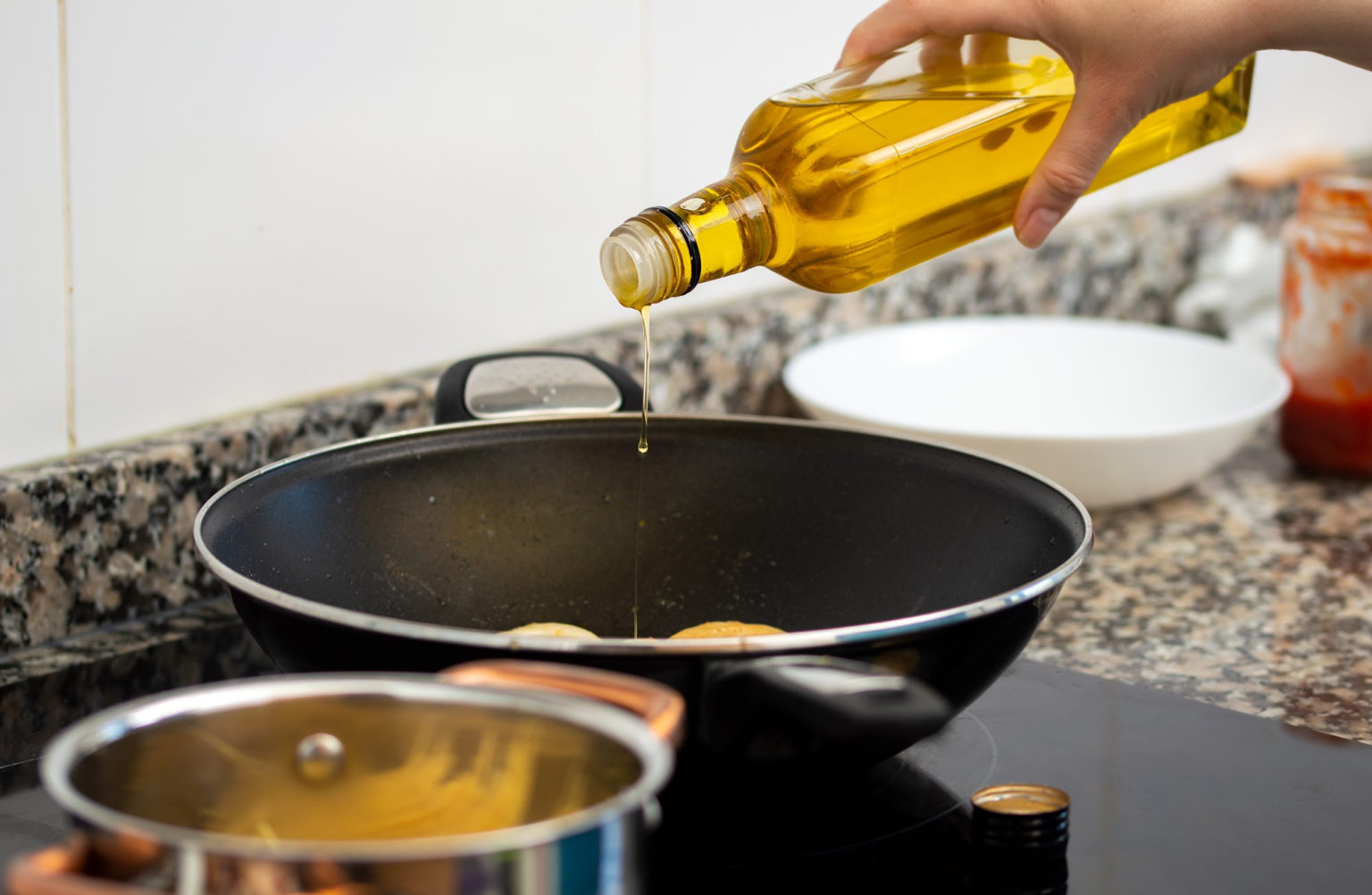
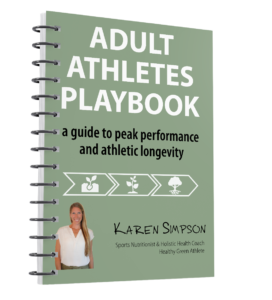

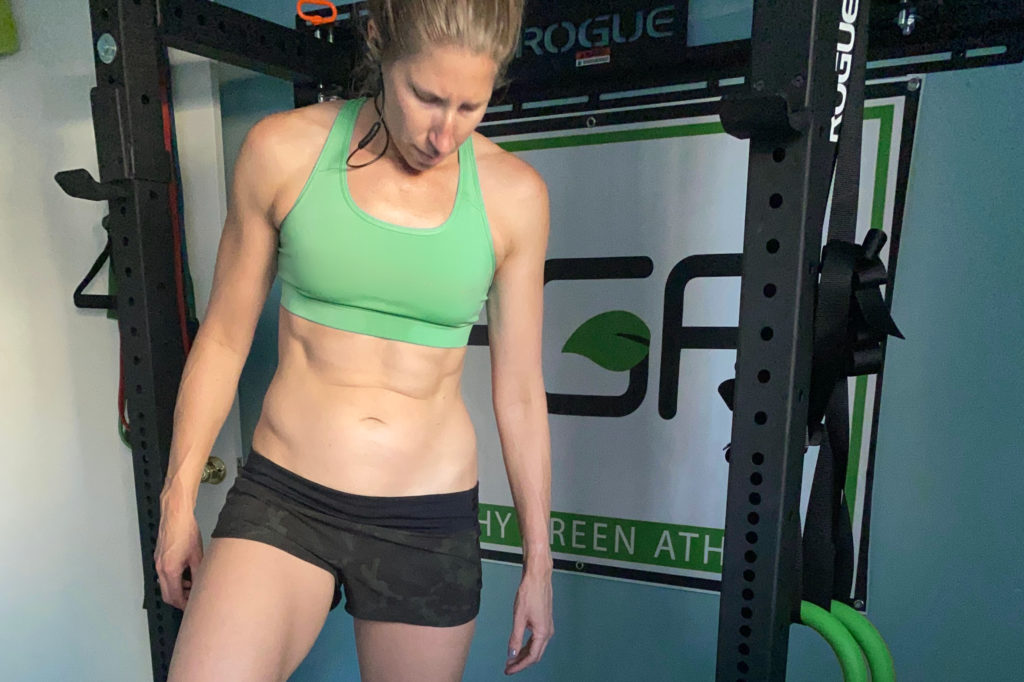

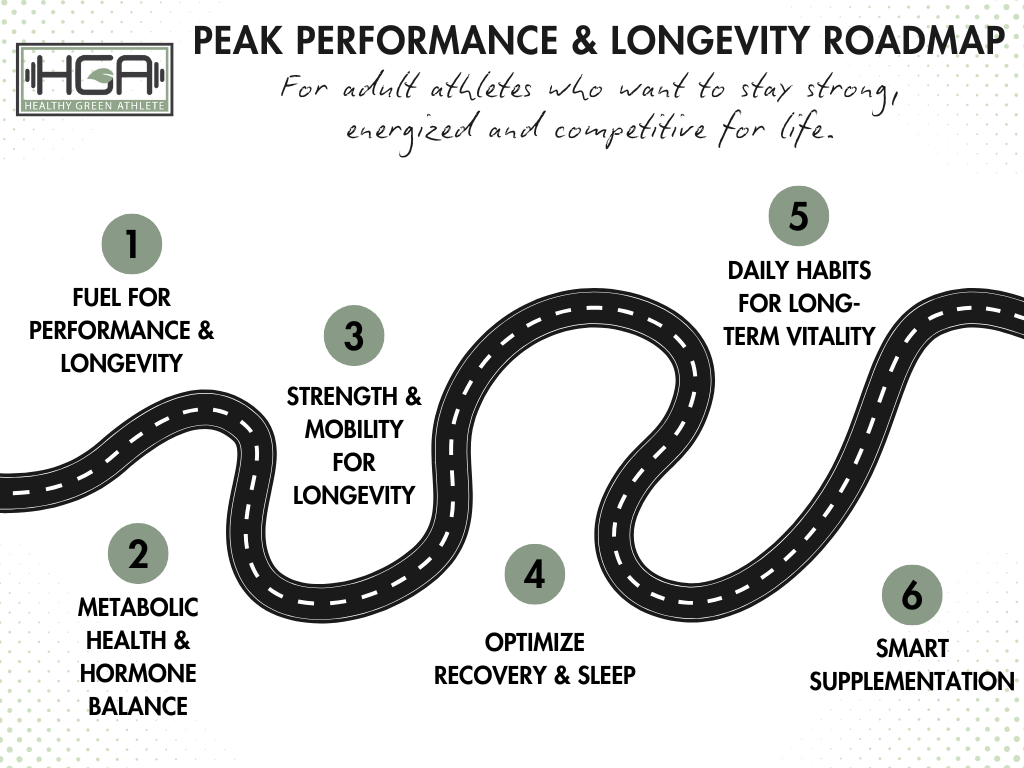


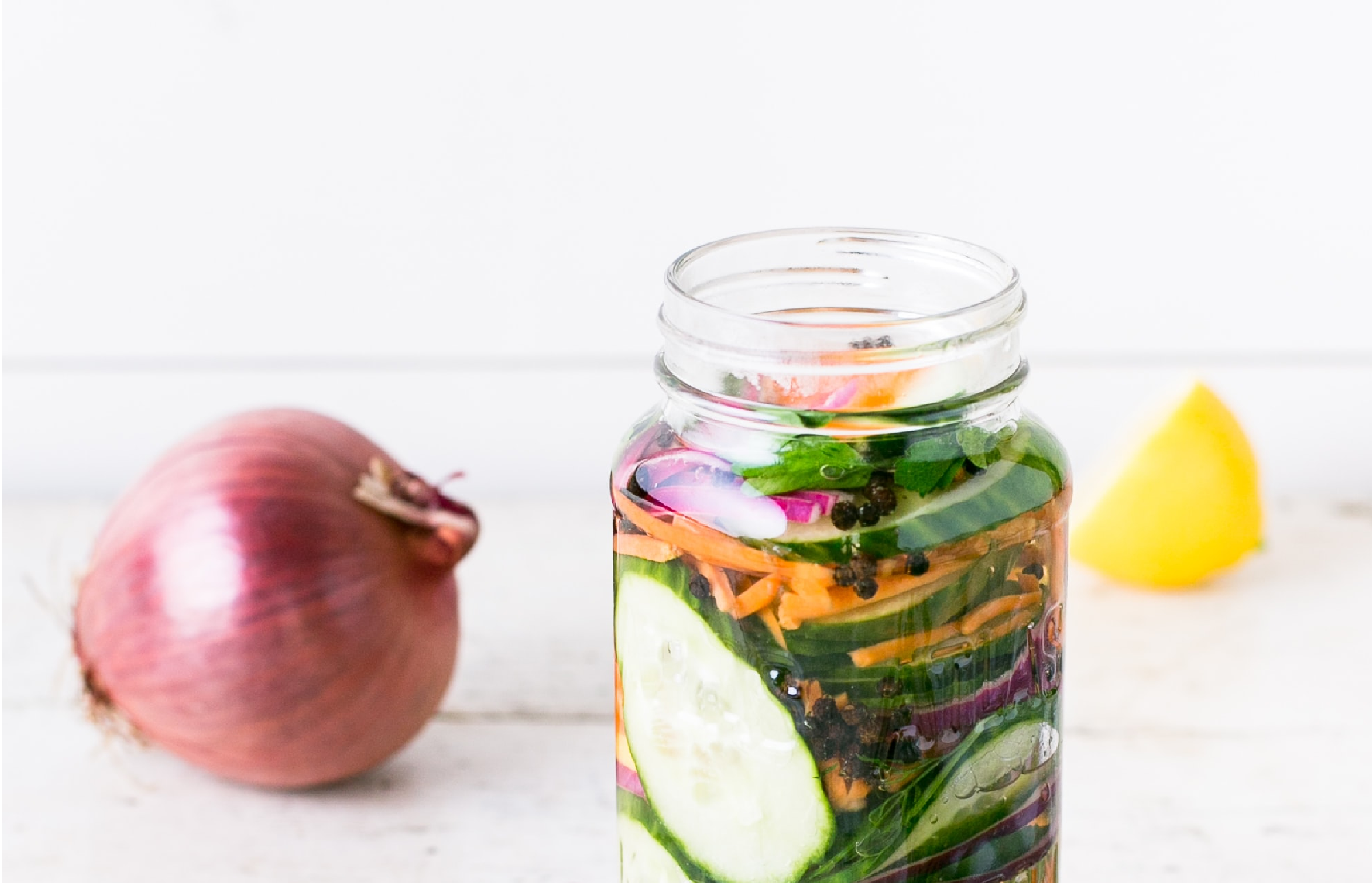




4 Comments
Pingback:
Pingback:
Pingback:
Pingback: